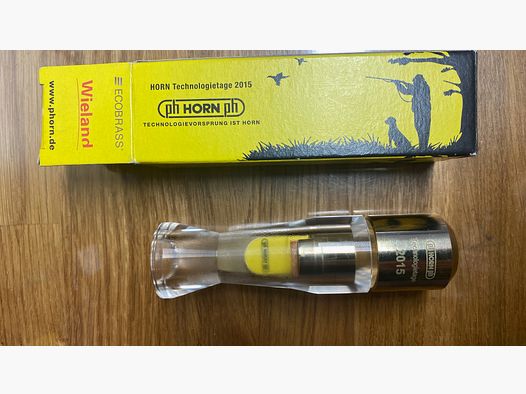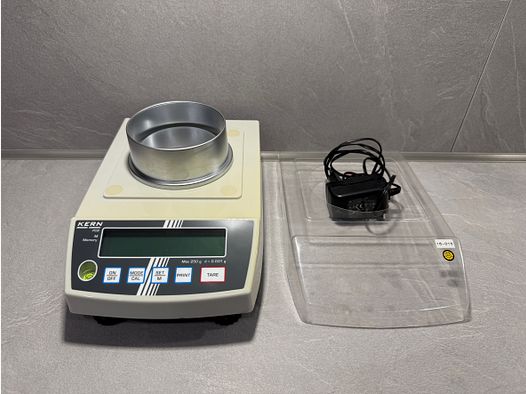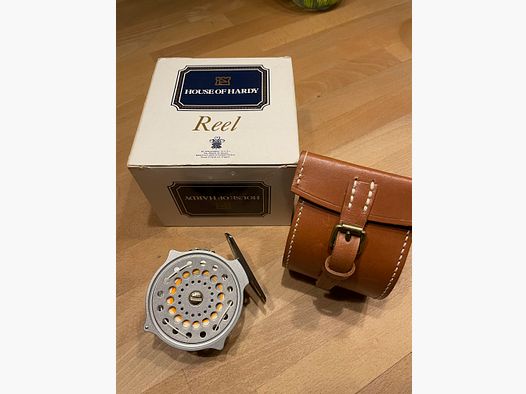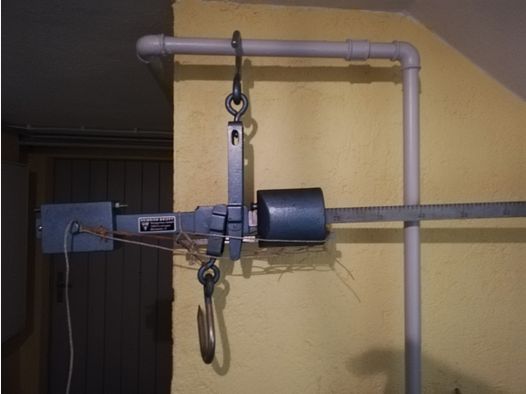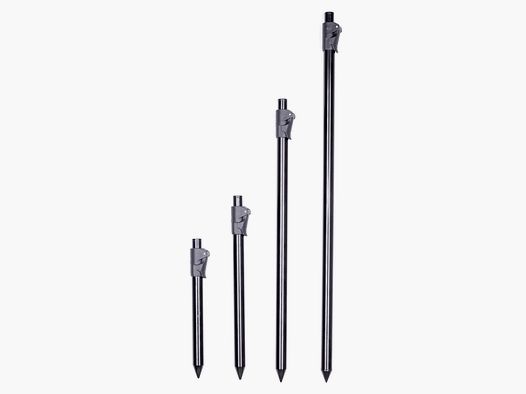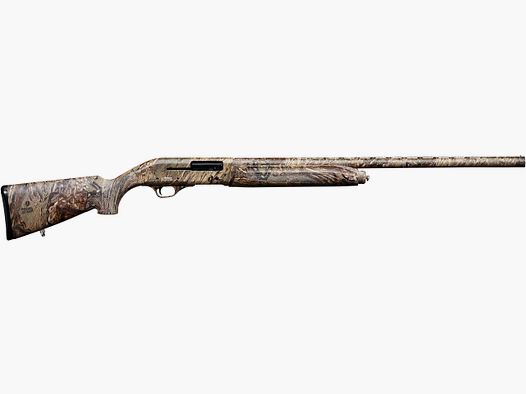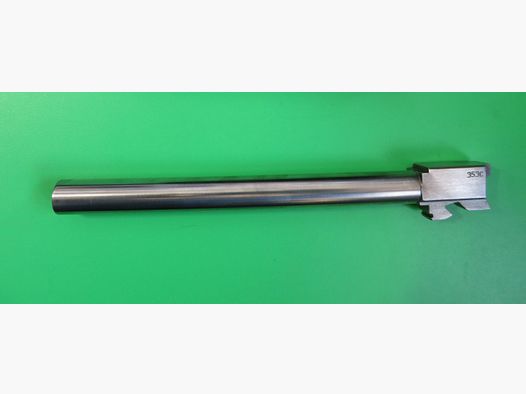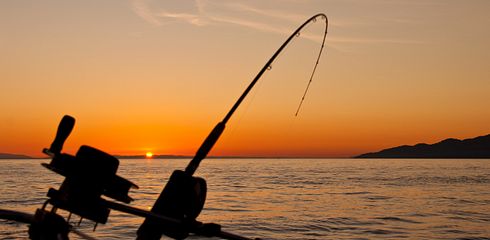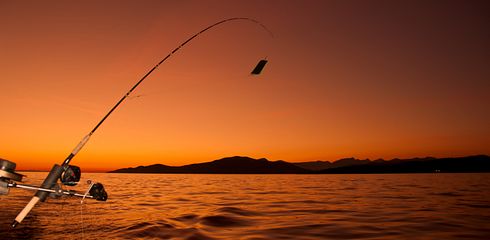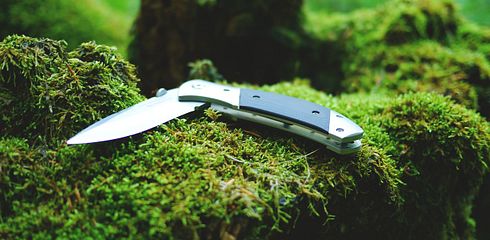The art of fishing has evolved significantly over the years, and modern technologies have made a substantial contribution to this. Among these technological advancements, the fish finder holds a prominent position. A fish finder is an electronic device specifically designed for anglers to help them locate fish beneath the water's surface. In this article, we will take a comprehensive look at fish finders, how they work, different types, advantages, and some tips for selection and use.
The Basics of Fish Finders:
A fish finder is essentially a sonar system that uses sound waves to detect objects underwater. The device emits sound pulses that travel through the water and hit objects. The reflected sound waves are then recorded by the fish finder and displayed on a screen in real-time. This way, anglers can not only measure the depth of the water but also identify fish, structures, and the bottom of the water body.
Types of Fish Finders:
There are various types of fish finders that differ in their functions and applications. Some of the most common types are:
Standalone Fish Finders: These models are standalone devices specifically designed for fish location. They are generally easy to use and a good choice for beginners.
Combined Fish Finder/GPS Devices: These models often integrate GPS technology to help anglers not only find fish but also navigate on the water.
Portable Fish Finders: Compact and portable units that are often equipped with a wireless sensor and are particularly suitable for use on small boats or from the shore.
Networkable Fish Finders: These models can be integrated into a network and allow for the exchange of information between different devices. This is especially useful for anglers who work in groups or in team tournaments.
Advantages of Fish Finders:
The use of a fish finder offers a variety of benefits for anglers, including:
Increased Efficiency: With precise locating ability, anglers can use their time more efficiently by targeting promising areas of water.
Depth Measurement: Fish finders allow for the accurate measurement of water depth, which can be crucial for identifying the best fishing spots.
Fish Location: The most obvious feature is the ability to locate fish. This allows anglers to adjust their strategy and specifically target certain fish species.
Structure Recognition: By identifying underwater structures such as rocks, plants, and debris, anglers can choose the best spots for their bait.
Tips for Selection and Use:
Consider Water Type and Fishing Style: Depending on whether you are fishing in large lakes, rivers, or coastal waters, the choice of the right fish finder may vary.
Screen Size and Resolution: A larger screen size and higher resolution allow for a clearer display of the underwater landscape.
Power and Frequency: Models with higher power and variable frequencies provide better results in different water depths and conditions.
Wireless Connectivity: Some modern fish finders offer wireless connectivity, allowing data sharing with other devices.
Learn the Features: No matter which fish finder you choose, take the time to thoroughly understand and learn the features. This maximizes the effectiveness of the device.
The Future of Fish Finders:
With the rapid advancement of technology, we can look forward to what the future holds for fish finders. Improved sensors, advanced data processing, and even more user-friendly interfaces could define the next generation of these devices.
Overall, fish finders have revolutionized the way anglers spend their time on the water. The precise location of fish and structures beneath the water's surface gives anglers a clear advantage and significantly increases their chances of success. With the right selection and use, a fish finder can not only enhance the fishing experience but also help to further promote the fascination of this timeless hobby.



